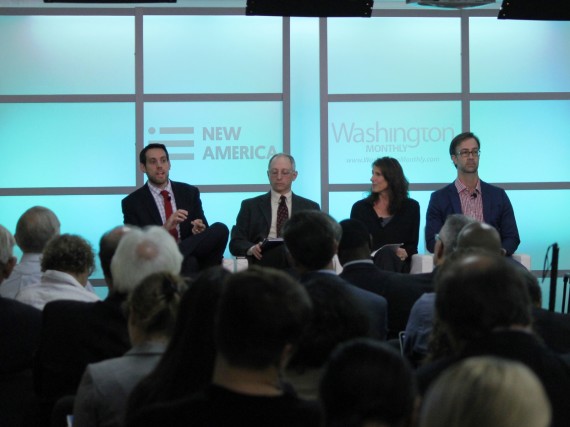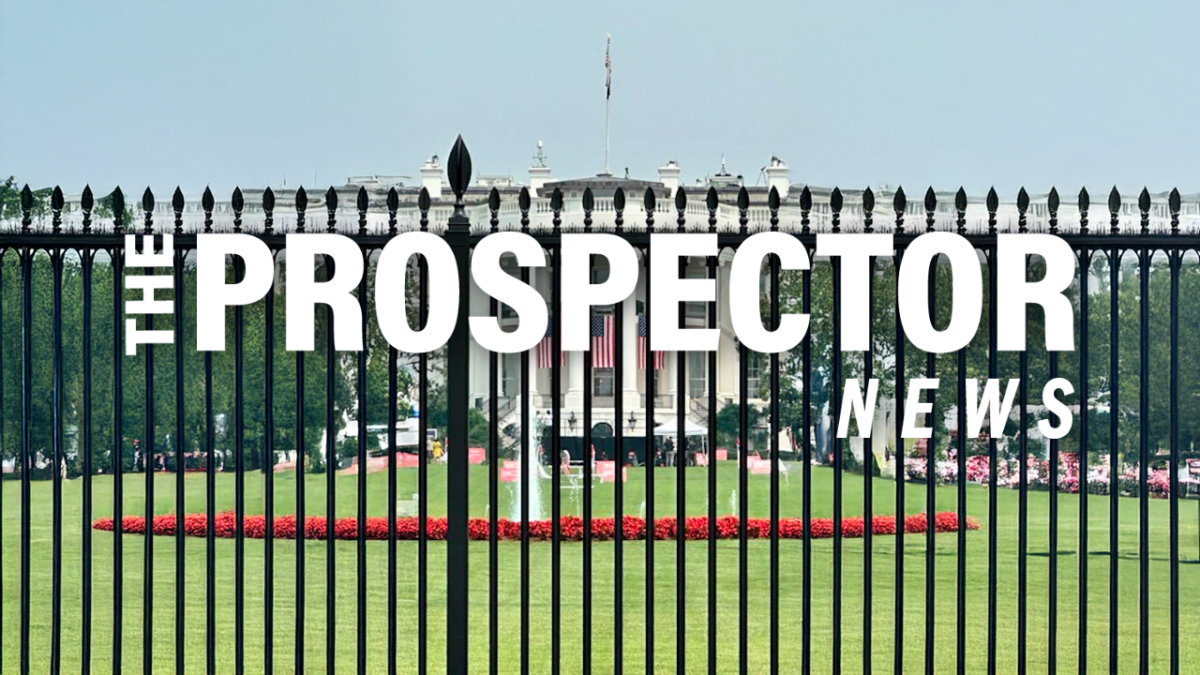WASHINGTON – Deadlines for college applications are looming, and deciding where not to go just got easier.
In its latest edition, The Washington Monthly, a bimonthly investigative magazine in Washington, released four lists of the worst 20 colleges in the U.S. Each list measured the colleges and universities by different criteria to see which were at the bottom of the pile.
As opposed to a system used to rank schools for “Best Bang for the Buck,” the magazine looked at 1,700 four-year colleges and universities and identified 80 of them as the worst colleges to attend. Some were smaller than others and lacked money so their tuition was higher, but they did not offer a better education with the increased price. Others were not racially diverse or had students rely too much on federal Pell grants or loans.
The magazine compiled the list to bring attention to the need for a reliable college rating system by the Obama administration and to help students pick a suitable college.
“The list that we produced was the only one that had public institutions on it, and there were also a large number of minority-serving institutions,” said Ben Miller, the article’s author and a senior policy analyst for New America Foundation’s Education Policy Program. “Higher education access has to be more than just providing a spot but also serving the student well.”
There were many factors used to rank the schools, some of which included net price, average student debt, graduation rates and the rate of students who defaulted on their loans after graduation.
The “worst” schools on each list were the New England Institute of Art in Massachusetts, St. Augustine’s University in North Carolina, Benedict College in South Carolina and Shimer College in Illinois. None of these colleges could be reached for comment.
“The need to serve students, at the end of the day, and the need to meet quarterly enrollment and profit targets, at the end of the day, can change the mission of some of these colleges,” Miller said. “That affects how much they are going to charge people or how much they’re going to rely on loan debt to make their revenue streams work.”
By recognizing these colleges, Miller said the lists draw attention to schools who struggle with students completing their degrees or students who graduate with a debt so large, their education might not have been worth it.
“When you look at these numbers and realize the stakes involved,” said Kevin Carey, director for the Education Policy Program, “and the students and how vulnerable they are, it is something that has to be done.”
Reach reporter Lorain Watters at [email protected] or 202-408-1494. Like the Scripps Howard Foundation Wire interns on Facebook and follow us on Twitter.











